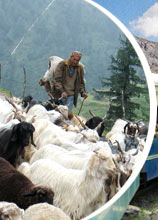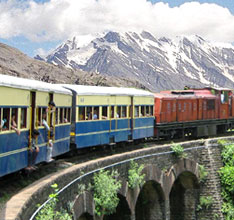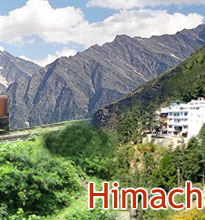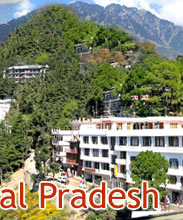 Losar
is the New Year festival of Tibetans, celebrated mainly in the Lahaul
district of Himachal Pradesh. It marks the beginning of the winter
season in the valley and is celebrated during the first month of Tibetan
calendar, which usually falls somewhere around mid-November to first
week of December. During the Lossar festival, the local deity is
worshipped. Rich imagery and ritual dances form the highlight of the
festivities and celebrations. It is said that the festival originated in
the pre-Buddhist period in Tibet, when Bon was the religion of the
country.
Losar
is the New Year festival of Tibetans, celebrated mainly in the Lahaul
district of Himachal Pradesh. It marks the beginning of the winter
season in the valley and is celebrated during the first month of Tibetan
calendar, which usually falls somewhere around mid-November to first
week of December. During the Lossar festival, the local deity is
worshipped. Rich imagery and ritual dances form the highlight of the
festivities and celebrations. It is said that the festival originated in
the pre-Buddhist period in Tibet, when Bon was the religion of the
country.It was first celebrated in the Lhokha Yarla Shampo region of Tibet. During that time, it was known as the Agrarian Festival, as it was celebrated when the apricot trees blossomed. Losar festival usually lasts for three days, though it may continue for ten days in a strictly traditional Tibetan family. The first day of the festival is known as 'Lama Losar' or the 'Festival of the Guru and His Holiness The Dalai Lama', the spiritual head of the Tibetans. He is worshipped on this day and huge processions are taken out in his honor.
At the time of the Lossar Festival, Buddhist settlements and monasteries in Lahaul are marked by most splendid performances, especially the 'Chham Dance' that features elaborate masks and costumes. It presents the story of how the cruel Tibetan king, known as Langdarma, was killed in the 9th century, leading to the ultimate triumph of good over evil. The weird masks used in the dance have also earned it the name of the 'Devil Dance'.









